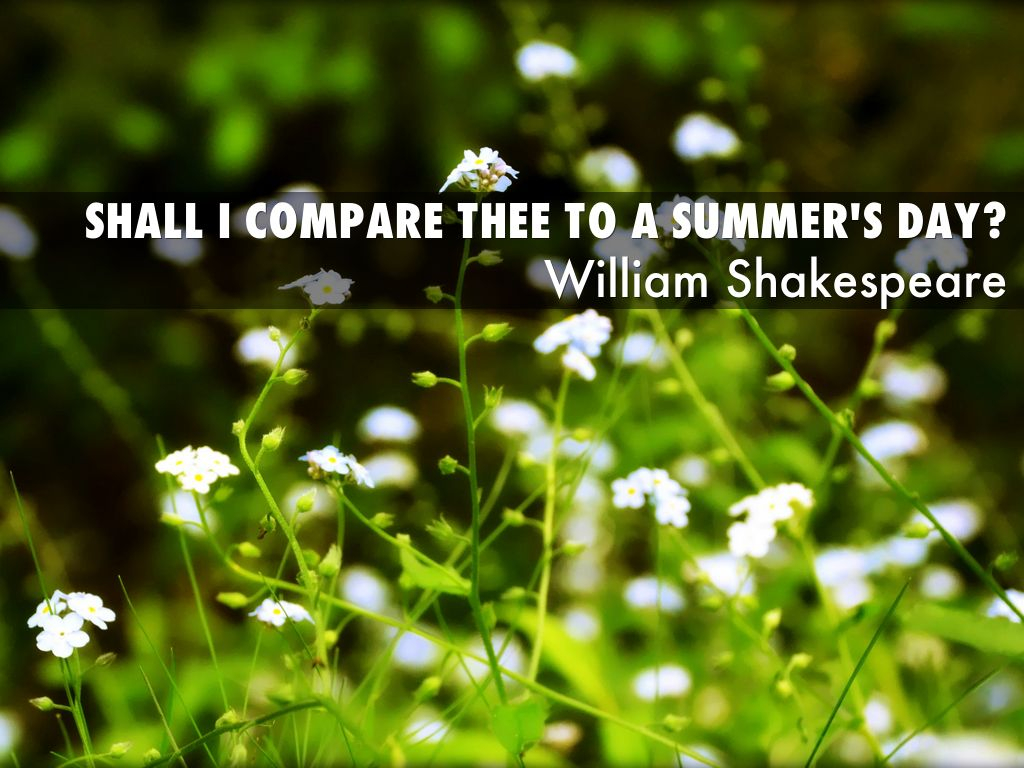Symbolism in Poetry Examples
What better ways to express your heightened passion than writing poems about them and immortalizing them? There are lots of poets that have been recognized all over the world because of their unique ways of writing and how their poems have affected different types of people. How exactly do readers relate to the writers’ literary pieces given that their experiences greatly differ from one another? Truth is, poems consist of symbols that best represent all the adversities and feats in life making us relate to the degree of feelings that the poets felt, although the instances are totally different. you may also see elements of poetry.
Symbolism is hidden in figures of speech as a reflection of human emotions. After all, literature is defined as a mirror of life that reflects human challenges and ecstasy written artistically for its beauty to be appreciated. In this article, we are going to run analyses of three famous poems that have endured gracefully in the ravage of time. We are going to point out the symbols in these poems and check how these can be interpreted in so many ways, making us relate to the griefs and joys of others.
Elizabeth Barret Browning’s Sonnet 43: How Do I Love Thee? Let Me Count the Ways.

How do I love thee? Let me count the ways.
I love thee to the depth and breadth and height
My soul can reach, when feeling out of sight
For the ends of being and ideal grace.
I love thee to the level of every day’s
Most quiet need, by sun and candle-light.
I love thee freely, as men strive for right.
I love thee purely, as they turn from praise.
I love thee with the passion put to use
In my old griefs, and with my childhood’s faith.
I love thee with a love I seemed to lose
With my lost saints. I love thee with the breath,
Smiles, tears, of all my life; and, if God choose,
I shall but love thee better after death.
This sonnet is filled with the speaker’s ways on how he or she loves the addressee. The admiration is expressed through the use of symbols. Lines two, three, and four uses spatial and temporal metaphor examples to describe how much he or she adores the addressee. There are a lot of philosophies that tell souls are fed with human emotions. If you feed your soul with the purest love and affection, your soul can reach the extremities of the highest heights, deepest depths, the widest widths of raptures in love. It is the kind of love she wants to inform the addressee, although the speaker is aware of the ends of his or her existence and God’s grace.
Lines five and six uses the words “everyday’s most quiet need” to symbolize how important his or her lover is him or her. Understanding the meaning of this line makes you think of the cliche sayings like How could I endure the trials in every hour of the day and night when you, my dearest need, is taken away from me?; and, You are everything I need in my life. In these two lines, the speaker compares the addressee to all the essential needs in living. Having stated this, the existence of the addressee becomes a major part of the speaker’s life that it takes his or her existence for the speaker to endure the overwhelming despairs in each day of the speaker’s life.
The lines “I love thee freely, as men strive for right. I love thee purely, as they turn from praise. I love thee with the passion put to use In my old griefs, and with my childhood’s faith.” further continues to compare the speaker’s lover or the addressee to different symbols. The speaker claims that his or her love for the addressee is an unshackled freedom; it is the kind of love that is unstained by malevolence and pride; it is the kind of love where your feelings are on their zenith; and, it is the innocent kind of love that never wavers your faith when encountered by impediments. Although the symbols used here have become cliche through time, the way that these symbols are written in this sonnet paints a more vivid feeling that is mutual to all.you may also see metaphoric poems.
The lines “I love thee with a love I seemed to lose With my lost saints. I love thee with the breath, Smiles, tears, of all my life; and, if God chooses, I shall but love thee better after death.” is a product of the speaker’s obsession to be with his or her lover till the end of time– an immortalization of love. Line eleven refers to the love of the people (lost saints) the speaker adored so much in the past he or she thought has been lost. Now, this love has been rediscovered and the speaker directs this kind of love to the lover he or she adores the most. The poem ends with a comparison of the speaker’s love to his or her lifetime, and boldly hopes to continue loving his or her lover in the life when the life of the speaker and the addressee begin anew after facing their demise– immortalizing their love.
William Shakespeare’s Sonnet 18: Shall I Compare Thee to a Summer’s Day?

Shall I compare thee to a summer’s day?
Thou art more lovely and more temperate.
Rough winds do shake the darling buds of May,
And summer’s lease hath all too short a date.
Sometime too hot the eye of heaven shines,
And often is his gold complexion dimmed;
And every fair from fair sometime declines,
By chance, or nature’s changing course, untrimmed;
But thy eternal summer shall not fade,
Nor lose possession of that fair thou ow’st,
Nor shall death brag thou wand’rest in his shade,
When in eternal lines to Time thou grow’st.
So long as men can breathe, or eyes can see,
So long lives this, and this gives life to thee.
Shakespeare’s Sonnet 18 has continued to be one of the most studied sonnets of all times because of the symbols that breed to different thoughts– depending on the experiences of the readers. his or her demise. The lines “Shall I compare thee to a summer’s day? Thou art more lovely and more temperate.” uses the season of summer to compare the addressee. As we all know, summer is the season that we look forward because of the gaiety that it promises. The speaker tells addressee how he or she is more than the gaiety that season of summer promises.
From the third line until the tenth, the speaker continues to aggrandize the existence of the addressee by further comparing him or her to the darling buds of May that easily shakes in the heat carried by the wind and the time frame of the season. The addressee’s loveliness and gentleness are not affected by negativities that life generously offers and does not end very shortly as the season of summer does. There are times where summer’s heat can be too much that it pains those who are exposed and times where the sun is dimmed as a cloud block it. This refers to the inconsistency of the summer and how easily the season is affected by factors, unlike the addressee who is all the time lovely and that his or her consistent gentleness offends no one– Sometime too hot the eye of heaven shines, And often is his gold complexion dimmed; And every fair from fair sometime declines, By chance, or nature’s changing course, untrimmed; But thy eternal summer shall not fade, Nor lose possession of that fair thou ow’st.you may also see simple metaphor examples.
The eleventh line of the sonnet uses the symbol Death which refers to the bringer of ends to anything dire or pleasant excepting the fairness and the gentleness of the addressee. The speaker then immortalizes the addressee by writing him or her– When in eternal lines to Time thou grow’st. So long as men can breathe, or eyes can see, So long lives this, and this gives life to thee.
Rather than mere explanations about how writers feel, they use symbols to better express every bit of their feelings. If you are planning to write a poem, make sure you don’t forget to include symbols in it to comfort your heart from the things it can hardly express.


